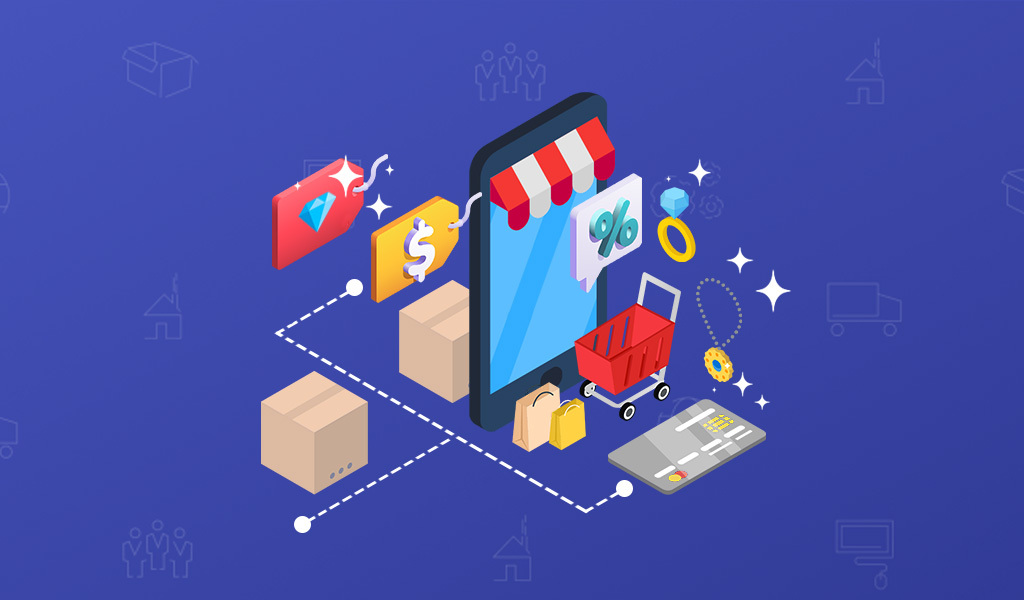News and Insights
E-commerce, Logistics, and Small Business Management
When Marketplace Success Breaks Your Fulfillment: A Survival Guide

You’ve done it—your Etsy or Amazon Handmade jewelry listings are picking up traction. Orders are rolling in, customer feedback is glowing, and your storefront finally feels like a business, not just a side hustle. But just as things start to click, fulfillment begins to falter.
Late shipments. Stockouts. Wrong items. Lost tracking numbers. Packaging inconsistencies.
Sound familiar?
Marketplace success breaks fulfillment first—because it exposes every fragile process in your back-end operation. And unless you shore things up quickly, what made you successful can become the very thing that holds you back.
This guide walks you through why fulfillment breaks under pressure—and how to build (or find) a system that grows with you.
Fulfillment Isn’t an Afterthought—It’s a Stress Test
Most sellers don’t think of fulfillment as a strategic asset. In the early days, it’s just a task: print the order, pack it nicely, drop it off at the post office. But marketplaces move fast. What worked at 5 orders per week buckles at 50—and collapses at 500.
The physical nature of fulfillment makes it one of the first things to strain under success. You can automate marketing. You can scale digital tools. But you can’t shortcut packing and shipping. Every order must be handled, labeled, and sent—accurately and on time.
On marketplaces, the consequences are immediate and visible:
- Missed ship-by dates result in penalties or demotions.
- Inconsistent packaging hurts brand trust.
- Errors tank your reviews and can kill momentum entirely.
What Fulfillment Failure Looks Like in the Real World
You don’t need to be shipping hundreds of orders a day to feel the pain. Even a modest jump in volume can expose cracks:
- Late Shipments: You’re behind on printing labels or waiting on materials. Even a one-day delay can trigger platform warnings.
- Wrong Items: Similar SKUs, missing variant controls, or tired eyes lead to mis-picks—and disappointed customers.
- Inventory Problems: Overselling is common when stock isn’t properly synced across Etsy, Faire, and Amazon Handmade.
- Messy Packaging: One customer gets tissue paper and branding, another gets a reused box. Consistency vanishes.
- Missed Custom Requests: Gift notes, packaging preferences, and personalization options get overlooked in the rush.
It’s not just a bad day—it’s a compounding problem that gets harder to fix the longer it goes unchecked.
Why This Happens
Fulfillment often fails because it was never designed to scale—it was patched together to get by. Most sellers:
- Use manual processes (spreadsheets, notes, memory)
- Lack inventory visibility across platforms
- Don’t have SKU-level structure or naming logic
- Handle packaging in an ad hoc, unrepeatable way
- Have no system for tracking exceptions or gift messages
And because these issues feel like back-end tasks, they rarely get priority—until customers are angry or platforms are issuing penalties.
What You Can Do to Stay Ahead
Here’s how to build a fulfillment system that supports growth, not hinders it:
1. Integrate Your Platforms
Your order flow should be automated. Orders from Etsy, Faire, or Amazon Handmade should import directly into a centralized system—no manual entry, no delays, no missed items.
2. Standardize Your SKUs
Define a clear SKU strategy that includes variations and materials. Prevent lookalike errors by labeling and storing products in a structured, consistent way.
3. Create Inventory Buffers
Platforms don’t like cancellations. Build reserves into your available inventory to protect against stockouts caused by sync delays or high-demand items.
4. Systematize Your Packaging
Build a repeatable packaging process that balances brand presentation with efficiency. Keep branded elements consistent, but scalable. Use SKU- or channel-level packaging rules if needed.
5. Automate Gift Notes and Packing Slips
Make sure your system can dynamically apply marketplace-specific branding—like Etsy’s gift notes or Amazon’s neutral slips. You shouldn’t be doing this manually.
When to Call in Reinforcements
If your growth outpaces your ability to execute, it may be time to outsource fulfillment. But marketplaces require nuance—so not just any 3PL will do.
Look for a partner that:
- Integrates cleanly with your platforms
- Offers SKU-level control and variant tracking
- Supports dynamic packing slips and branded notes
- Has experience with small, high-touch shipments
- Can scale with you, but still offers personal service
A good partner won’t erase your brand—they’ll protect and extend it, giving you space to focus on product, marketing, and growth.
Final Thoughts
Marketplace growth is a blessing—but it’s also a stress test. And fulfillment is the first place that stress will show up. Treat it seriously. Build it right. Or partner with someone who can help you do both.
Because when fulfillment breaks, it takes everything else down with it.
But when it’s done right—it becomes your competitive edge.
Considering outsourced fulfillment? Let’s talk!

Recent Comments